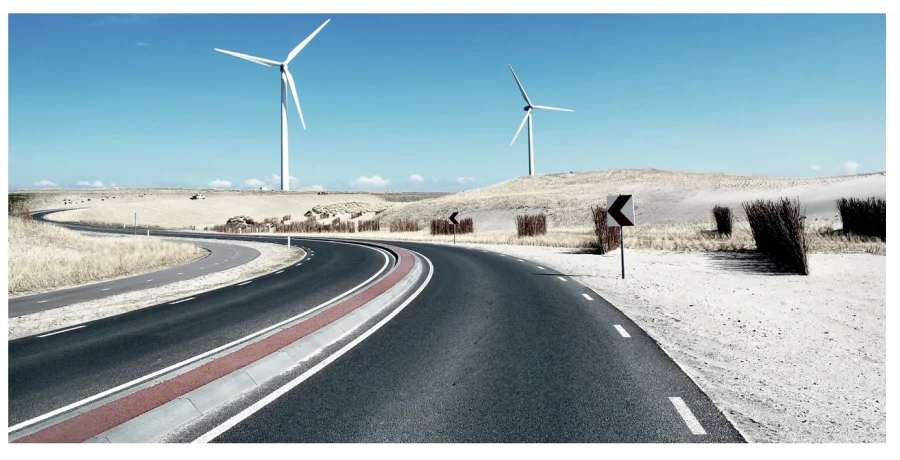The Belt and Road Initiative, set in motion by the Chinese government 10 years ago, laid the foundation for massive investment and rapid growth and development in neighbouring Asian countries and countries around the globe. The Belt and Road Initiative (BRI), initiated by Chinese President Xi Jinping is one of the most ambitious global infrastructure projects ever. The multibillion-dollar initiative has amassed billions in foreign investment and produced favourable results for the nations involved. As of now, 147 countries, that account for approx. 40 percent of the world’s GDP, have shown support for or signed projects under the BRI.
Bringing people closer and improving global ties was one of the goals, President Xi Jinping aimed to achieve with the BRI. During his keynote speech at the Opening Ceremony of the Second Belt and Road Forum for International Cooperation, he expressed his desire for mutual growth, “We need to act in the spirit of multilateralism, pursue cooperation through consultation and keep all participants motivated. We may, by engaging in bilateral, trilateral and multilateral cooperation, fully tap into the strengths of all participants.”
In the past ten years, over 3000 projects have been completed under the Belt and Road Initiative with over 1 trillion dollars invested in different projects. The globally expansive project has signed more than 200 agreements with 151 countries and 32 international organizations giving way to unimpeded connectivity and global trade. Not only has BRI emerged as one of the most economically profitable global projects in the 21st century but also led to considerable infrastructural development and better connectivity across countries involved. The BRI with its win-win approach is transcending physical borders, strengthening bonds across nations.
Over a decade of its growth, the BRI has created 420,000 jobs across the globe and helped approximately 40 million people recover from poverty. It is estimated that by 2030, BRI will further alleviate poverty by helping 7.6 million people out of poverty by increasing global income by 2.9%. Keeping in line with China’s pledge for transparency, it has released a whitepaper, “Belt and Road Initiative: A Key Pillar of the Global Community of Shared Future” detailing the growth and success of the project in the past ten years. Chinese firms have set over 300 projects in place in participating countries to alleviate poverty and provide better health care and rehabilitation facilities.
Li Kexin, Director-General of the Department of International Economic Affairs of China’s Foreign Ministry, lauded the BRI for successfully completing 10 years of development and shared growth. While addressing reporters in Beijing, he said, “Over the past 10 years, the fruitful results of building the Belt and Road together and the growing circle of friends have fully proved that the Belt and Road does not engage in a closed and narrow circle, transcends the old mindset of geopolitical games and creates a new paradigm of international cooperation.”
China-Pakistan Economic Corridor, strategically one of the most important BRI projects, has brought over 25 billion dollars in investment and massive development in infrastructure as well as industries. The development of railways, roads, the energy sector, etc., has ushered in a new era for the local population. With better job and business opportunities, people have been able to increase their income and improve their living conditions.
During the past ten years, the Initiative has strengthened the ties between Pakistan and China and allowed people to establish healthy relationships with one another. The development of Gwadar Port has welcomed shared growth for people of both countries allowing both nationals to benefit from the road connecting Pak-China to the global world. The development of infrastructure at the Gwadar Port has attracted 30+ companies to the area, giving way to better employment and business opportunities for the local population.
The two-way exchanges between both countries have not only proved economically beneficial but also allowed the locals to strengthen their bonds by exchanging their culture and customs with each other. Other areas of cooperation that have benefited the people of both countries include healthcare, education, tourism, technology, sports, disaster relief, environmental protection, etc. Chinese governmental scholarships attract more than 10,000 students from BRI countries every year. In addition, the establishment of Confucian institutes and cultural centres in Pakistan has strengthened people-to-people ties.
The simplification of visa procedures and visa-free agreements under the BRI agreement has given people the privilege of visa-free entry into the country. The establishment of new trade routes followed by the influx of foreign investment has also made a major impact on Pakistan’s economy. China’s support during Covid-19 has also helped Pakistan’s economy stay afloat during the turbulent times.
The people of Pakistan have greatly benefitted from the opportunities brought forth by the BRI. While the development of roads and railways has connected people across thousands of kilometres, better economic opportunities have improved people’s livelihood and the joint cooperation for mutual growth has further helped establish friendly and healthy ties between people of both countries.
With the global economy facing turbulence due to the ongoing war between Ukraine and Russia and Israel and Palestine, BRI has emerged as a project that guarantees resilience and continuity. Despite the dip in the economy during COVID-19, BRI continued its reign of success across borders. The completion of various energy and infrastructure projects, as a part of CPEC, is a testament to the commitment and dedication of both sides. The fruitfulness of the projects has created a stronger bond between the nations and invited the world to witness the prowess of BRI and mutual cooperation between the neighbouring countries.
(usman.engr@outlook.com)
views expressed are writer’s own.










